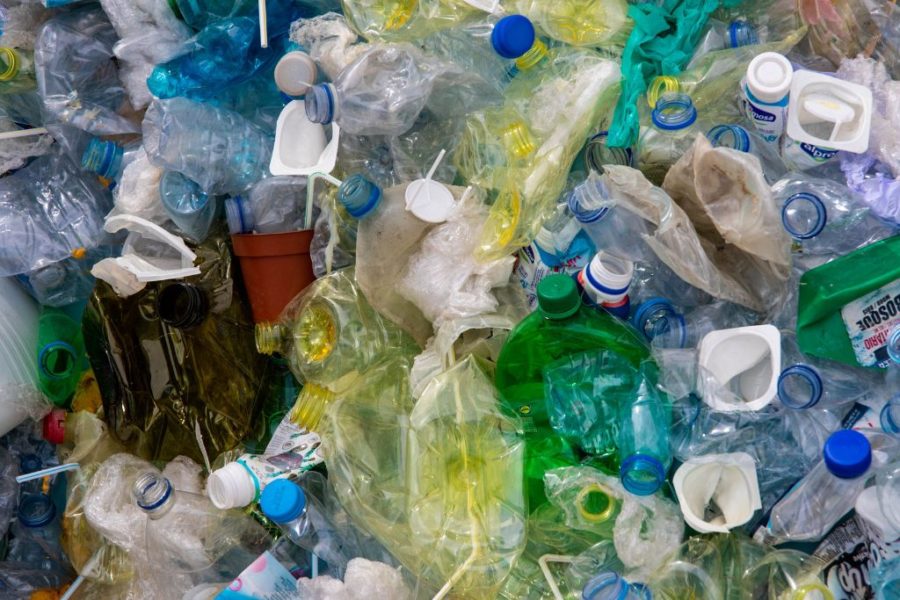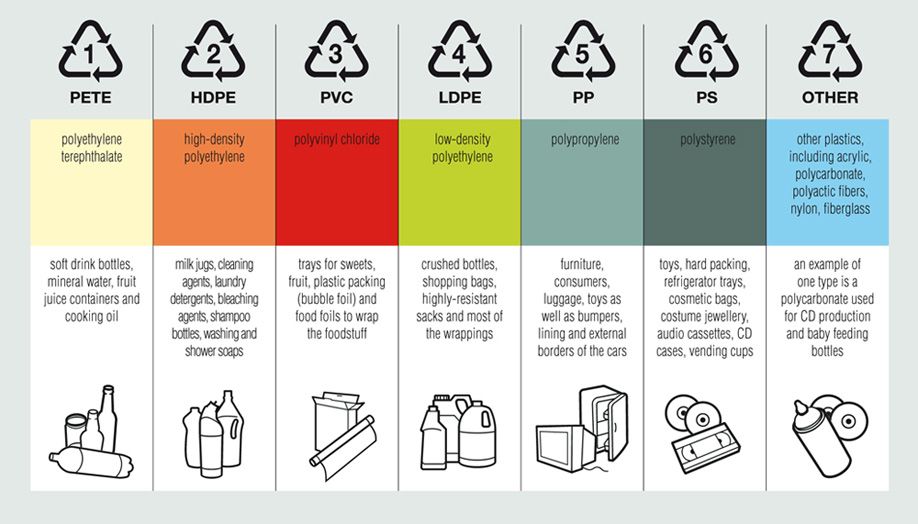
Plastic pollution is a huge problem for our planet today. Every year, humans produce an astounding amount of plastic waste – around 300 million tonnes of it! This plastic builds up in our landfills and oceans, lasting for hundreds to thousands of years. To celebrate Plastic Free July – here’s a simple guide to plastic recycling for kids.
—
We all need to work together to fight plastic pollution. There are many ways that we can do so, including plastic recycling. When we recycle, we turn plastic waste into new products. By doing so, we help reduce the amount of plastics ending up in landfills and in the ocean, saving a lot of emissions and lowering threats to biodiversity, humans, and the environment. Recycling also helps to save energy, as less energy is needed in recycling plastic than in manufacturing new plastic items.
Given all the benefits of recycling, you may wonder why we don’t simply recycle all of our plastic waste. The problem is, not everything that is made of plastic is recyclable. For example, straws cannot be recycled, and neither can the packaging of potato chip bags and food wrappers! We know that recycling can be confusing – therefore, we’ve prepared an easy guide to plastic recycling for kids.
Have you ever noticed a number marking on a plastic item? Plastics are usually marked with a recycling symbol and a number from 1 to 7. This number tells us about the type of chemicals used in making the plastic, and how recyclable it is.

Plastic Identification Codes. Photo by Jack Wong (Pinterest)
Some types of plastic are more easily recycled than others. When recycling plastic, it is important to keep in mind four things:
Check This Out Next: 7 Facts About Ocean Plastic Pollution for Kids